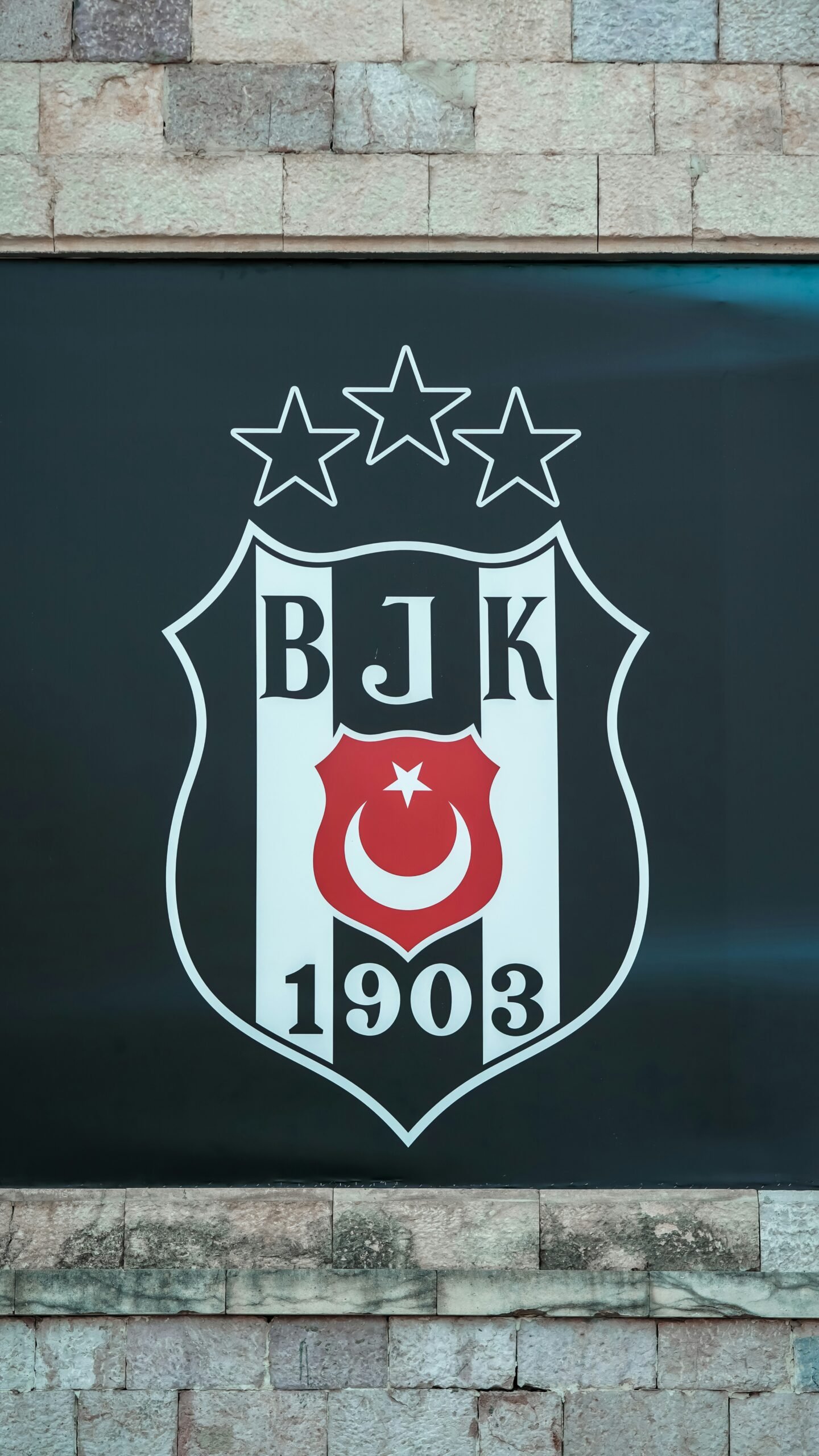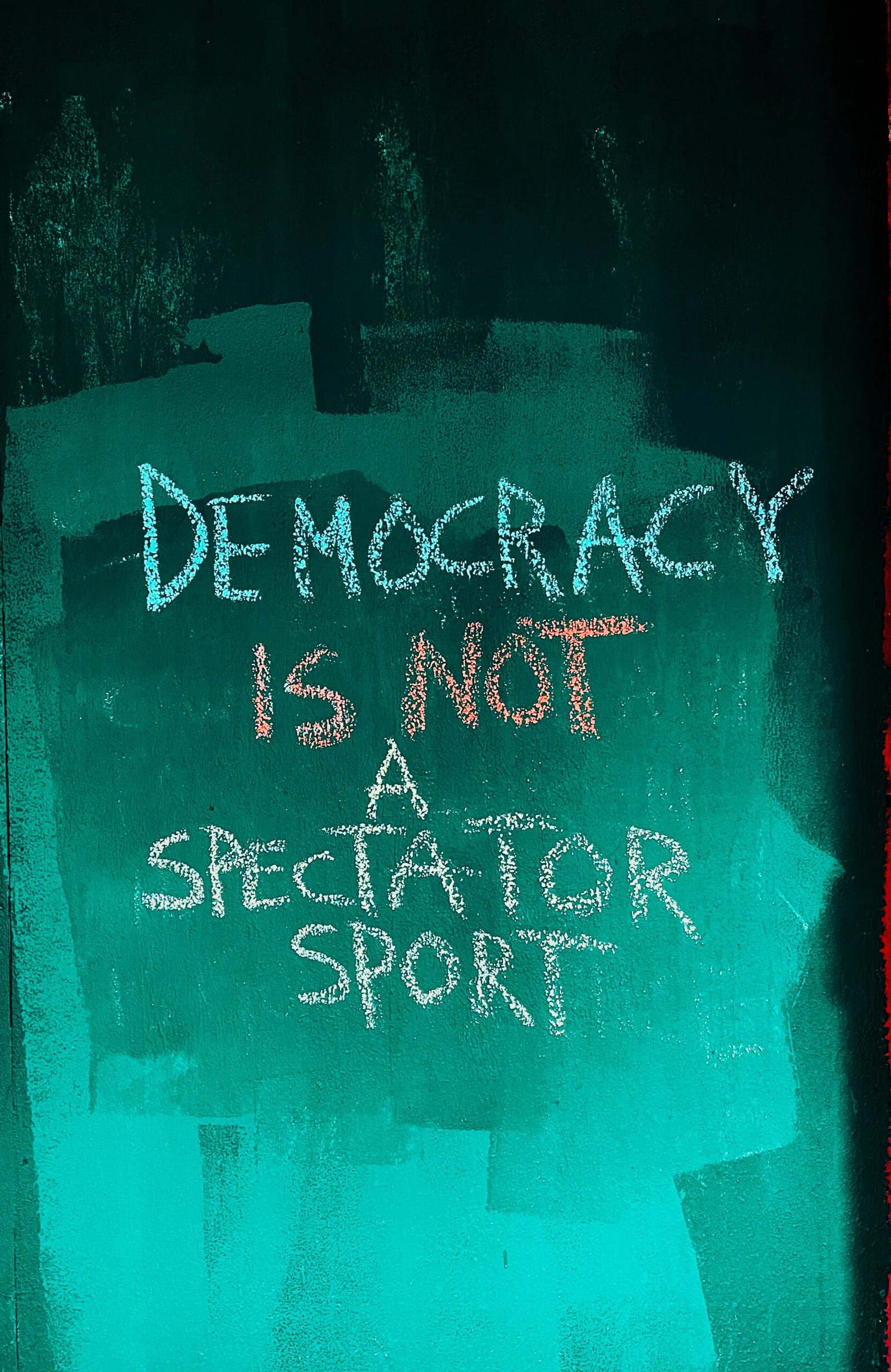Introduction to the BK Logo
When you think of fast food, one logo likely pops into your mind almost instantly: the iconic Burger King emblem. The logotipo bk is more than just a symbol; it’s a representation of a brand that has carved its place in culinary history. From its humble beginnings to its evolution over the decades, this logo tells a story of transformation and adaptation in an ever-changing market.
With every redesign, Burger King’s visual identity has reflected not only changes in consumer preferences but also shifts within the fast-food industry itself. As we dive deeper into the fascinating journey of the BK logo design, you’ll discover how it became a beloved icon around the world—one that continues to resonate with both old fans and new generations alike. So grab your favorite snack as we explore this savory slice of branding history!
The Original Burger King Logo
The original Burger King logo debuted in 1953. It featured a simplistic design with an illustration of a stylized burger. This was a straightforward representation, aiming to attract customers with its focus on food.
As the brand grew, so did the need for a more dynamic image. The logo underwent several changes throughout the years but remained true to its core concept: burgers and fast service.
Bright colors were introduced early on, enhancing visibility and appeal. The bold typeface helped solidify the name in consumers’ minds.
This logo set Burger King apart from competitors like McDonald’s by emphasizing individuality and fun through its playful design elements. It created an instant connection with customers who craved not just a meal but an experience that resonated with them.
Through this initial branding effort, Burger King carved out its unique space within the fast-food landscape.
The Evolution of the Logo Design
The evolution of the BK logo reflects changing tastes and branding strategies. Launched in 1953, the original design was simple yet effective. It featured a crown above the words “Insta-Burger King.”
As years passed, it transformed dramatically. The iconic yellow and red color scheme gained prominence in the late ’60s. This combination created an inviting visual appeal that resonated with customers.
In 1999, a more modern look emerged. The logo showcased a bold typeface encased within a stylized hamburger bun, emphasizing both fun and flavor.
Over time, minimalism took center stage as Burger King aimed for versatility across platforms. This shift made their identity cleaner and easier to recognize at any size or medium.
Each redesign tells a story of adaptation to consumer preferences while staying true to its roots—a delicious blend of tradition and innovation in fast food branding.
Controversies Surrounding the Logo
Throughout its history, the BK logo has sparked various controversies. One of the most notable instances occurred in 2012 when a campaign featuring a redesigned logo was criticized for being too reminiscent of fast-food rival McDonald’s.
Critics argued that the round, burger-like design lacked originality and blurred brand identities. Social media buzzed with comparisons, igniting debates about creativity versus imitation in branding.
Another wave of controversy arose from cultural sensitivities surrounding certain designs. The use of colors and imagery sometimes faced backlash for not resonating well across diverse audiences.
These moments prompted Burger King to reconsider its approach to visual identity. They aimed not only to stand out but also to foster positive connections with consumers worldwide, ensuring their logotipo BK remained relevant amid evolving tastes and perceptions.
Impact of the Logo on Brand Identity
The BK logo is more than just a design; it’s a symbol of the brand’s essence. When you see those iconic colors and shapes, they evoke a sense of familiarity.
This visual identity plays a vital role in consumer recognition. A memorable logo can trigger cravings for that flame-grilled burger without even saying a word.
Over time, the logotipo BK has become synonymous with fast food culture. It represents not just meals, but shared experiences and memories.
Each iteration of the logo reflects changing tastes and trends while maintaining core values. This adaptability strengthens customer loyalty as people connect emotionally to what the brand stands for.
An effective logo acts as both anchor and beacon, guiding consumers back to their favorite flavors time after time. The significance goes beyond mere aesthetics; it’s woven into the very fabric of popular culture.
Modernization of the BK Logo
The modernization of the BK logo reflects a shift towards simplicity and clarity. In recent years, brands have embraced minimalist design trends, and Burger King is no exception.
The new logo sheds some of the complexity found in earlier designs. Gone are the intricate details; instead, there’s a focus on clean lines and bold colors. This change makes it instantly recognizable.
Another significant update is the use of typography. The font is now bolder and more straightforward, capturing attention with ease. It echoes modern branding strategies that prioritize readability across various platforms.
Additionally, this refreshed look aligns seamlessly with digital marketing needs. A streamlined logo works better on social media profiles and mobile apps, ensuring brand consistency in every format.
Burger King’s updated visual identity aims to resonate with younger consumers while remaining true to its heritage—a delicate balance between tradition and innovation.
Future of the BK Logo Design
As we look ahead, the future of the BK logo design is poised for exciting transformation. Food branding trends are shifting rapidly, emphasizing simplicity and versatility. Burger King may embrace these emerging aesthetics to stay relevant.
Digital media continues to influence how logos are perceived. An adaptable BK logo could thrive across various platforms, from mobile apps to social media avatars. This flexibility is crucial in a fast-paced digital world.
Sustainability and inclusivity might also play a role in future iterations. Consumers increasingly favor brands that reflect their values, prompting potential changes in color schemes or typography.
Collaboration with artists or designers could lead to fresh interpretations of the iconic design while maintaining its core identity. The challenge will be balancing innovation with nostalgia—honoring decades of history while appealing to new generations.
Conclusion
The journey of the BK logo is a fascinating tale of transformation and adaptation. From its humble beginnings to becoming an icon in the fast-food industry, each iteration has reflected changing tastes, marketing strategies, and brand values.
As consumer preferences evolve, so too will the logotipo BK. The logo not only serves as a visual representation of Burger King but also encapsulates its commitment to quality and innovation. It stands as a testament to how branding can shape perceptions over time.
Keeping an eye on future trends will be crucial for maintaining relevance in a competitive landscape. Whether through subtle updates or bold rebranding initiatives, one thing remains certain: the logotipo BK will continue to play a vital role in Burger King’s identity for years to come.





